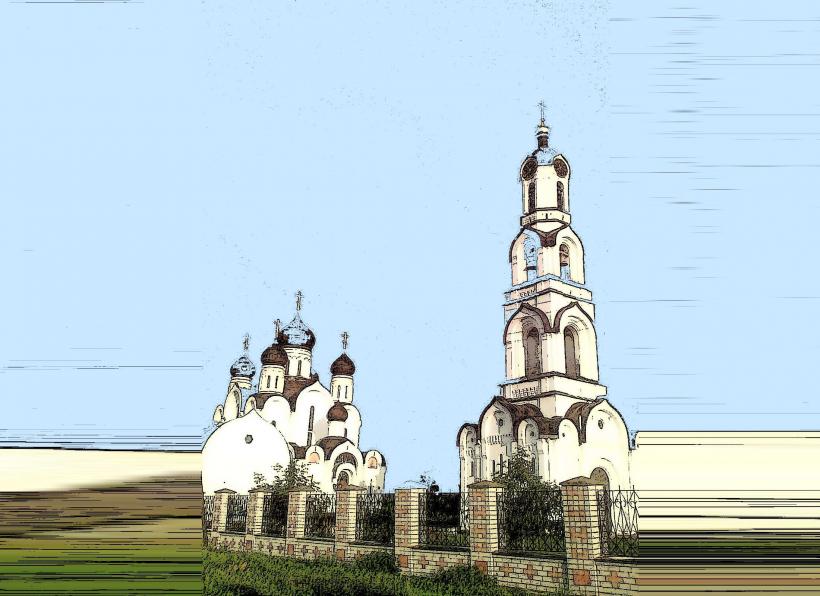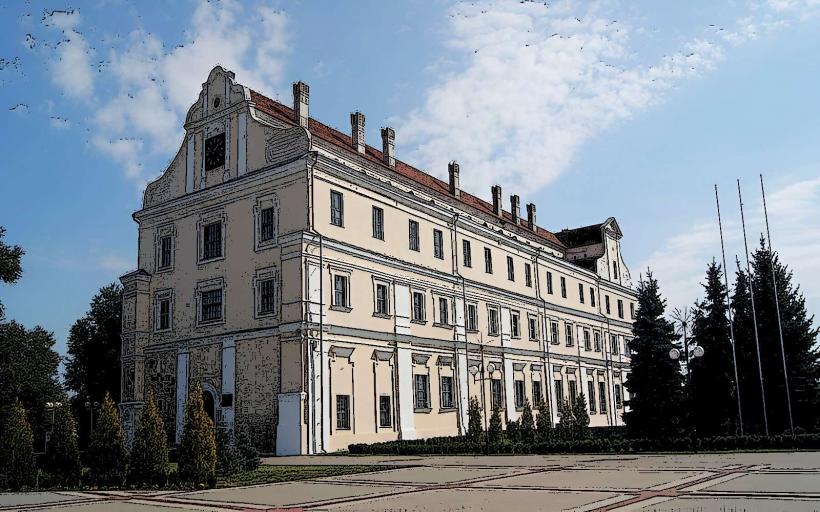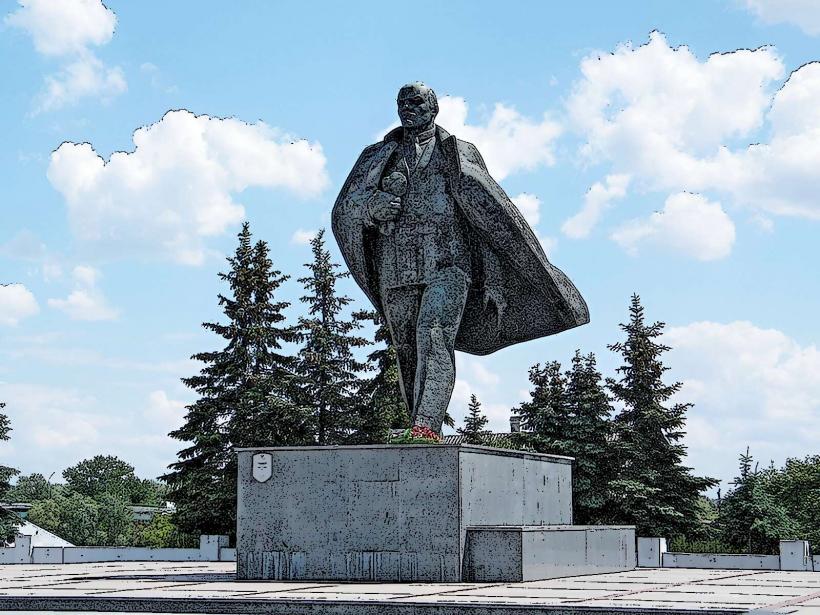Information
Landmark: Franciscan MonasteryCity: Pinsk
Country: Belarus
Continent: Europe
The Franciscan Monastery in Pinsk, Belarus, is a historic and significant religious site with deep roots in the city's past. Here's a detailed overview of the monastery:
1. History and Foundation:
- Origins: The Franciscan Monastery in Pinsk was founded in 1625 by the Franciscan Order, a Catholic religious order following the teachings of St. Francis of Assisi. The establishment of the monastery marked the spread of Catholicism in the region, particularly in areas that were part of the Polish-Lithuanian Commonwealth during that time.
- Purpose: The primary purpose of the monastery was to serve as a center for spiritual life, education, and missionary work for the Catholic community in Pinsk. It was also a significant cultural and intellectual center for the region during the early years of its establishment.
2. Architectural Style:
- Baroque Design: Like many religious buildings in Eastern Europe, the Franciscan Monastery in Pinsk is built in the Baroque style, which was prominent in the 17th and 18th centuries. The Baroque style is known for its dramatic use of space, rich decoration, and ornate details.
- Monastery Complex: The monastery complex typically includes several key buildings: the church, cloisters, and the monastic cells. The Church of St. Francis of Assisi is a notable part of the complex, featuring Baroque architectural elements such as a richly decorated façade, arched windows, and sculptural reliefs.
- Church Interior: The interior of the church was designed to reflect the Franciscan Order’s principles of humility and simplicity, although the Baroque influence can be seen in the ornate altar, frescoes, and religious artworks. The church also contains stained-glass windows, with scenes from the life of St. Francis and other Catholic saints.
3. Historical Significance:
- Role in Religious Life: The Franciscan Monastery was a focal point for the Catholic community in Pinsk, especially during the times when the city was part of the Polish-Lithuanian Commonwealth and later the Russian Empire. The Franciscans provided spiritual guidance, conducted religious services, and were involved in education and charity work.
- Impact of Partitioning: The monastery, like many Catholic institutions in Eastern Europe, experienced challenges during the partitions of Poland in the late 18th century and under the Russian Empire, which imposed strict controls on Catholic religious practices. Despite this, the Franciscans continued their work, maintaining the monastery's importance in the region.
- Soviet Era: During the Soviet period, many religious institutions in Belarus, including the Franciscan Monastery, faced suppression and were repurposed for secular uses. The monastery was closed for some time, but its buildings were preserved, and the church eventually reopened after the collapse of the Soviet Union.
4. Key Features of the Monastery:
- Cloisters: The cloisters, or covered walkways surrounding the central courtyard, were an essential part of the monastic life, providing space for prayer, meditation, and reflection. They are a hallmark of Franciscan monastery architecture.
- Church of St. Francis of Assisi: The church, dedicated to the founder of the Franciscan Order, is a significant part of the monastery. It features an altar with a statue of St. Francis, as well as a beautiful organ and altarpieces depicting biblical scenes.
- Bell Tower: A bell tower, often found in monasteries, is a key feature of the complex. The bell tower not only serves as a functional part of the monastery but also as a symbol of the community's spiritual calling.
5. Cultural and Religious Impact:
- Educational Role: The monastery was historically a place of education, with the Franciscans running schools and offering theological training. The monastery’s library was also an important intellectual resource for both the clergy and the wider community.
- Religious Pilgrimage: The Franciscan Monastery, particularly the Church of St. Francis of Assisi, has been a site of religious pilgrimage for Catholics in the region. It remains a place of prayer and worship, attracting both local and international visitors interested in its religious and architectural history.
- Cultural Heritage: The monastery is an important part of Pinsk's cultural heritage, representing the intertwining of religious, architectural, and historical influences in the region. It stands as a symbol of the enduring legacy of the Catholic Church in Belarus.
6. Modern-Day Role:
- Active Religious Site: Today, the Franciscan Monastery continues to serve as an active religious site. It is used for regular Mass services, festivals, and Catholic celebrations.
- Tourism and Preservation: As a historical and religious landmark, the monastery is also a popular tourist attraction, especially for those interested in the region's religious history and architectural beauty. Preservation efforts have been undertaken to maintain the building and its artworks, ensuring that the monastery remains a key part of Pinsk’s cultural landscape.
The Franciscan Monastery in Pinsk is not only a testament to the architectural grandeur of the Baroque period but also an enduring symbol of the spiritual life and Catholic heritage in the region. Its history of resilience through various political and social changes adds to its significance as a cultural and religious landmark in Belarus.




